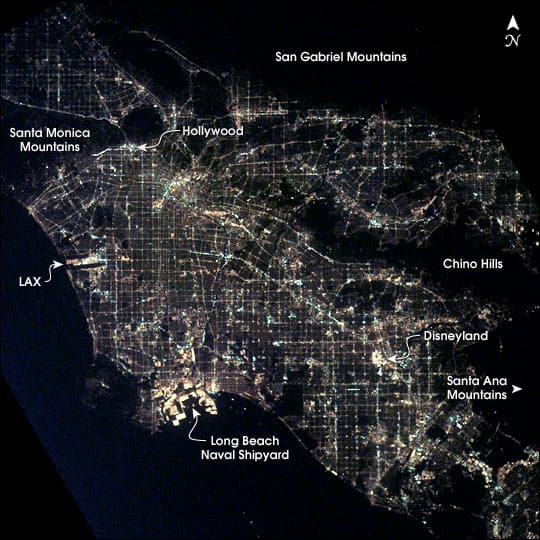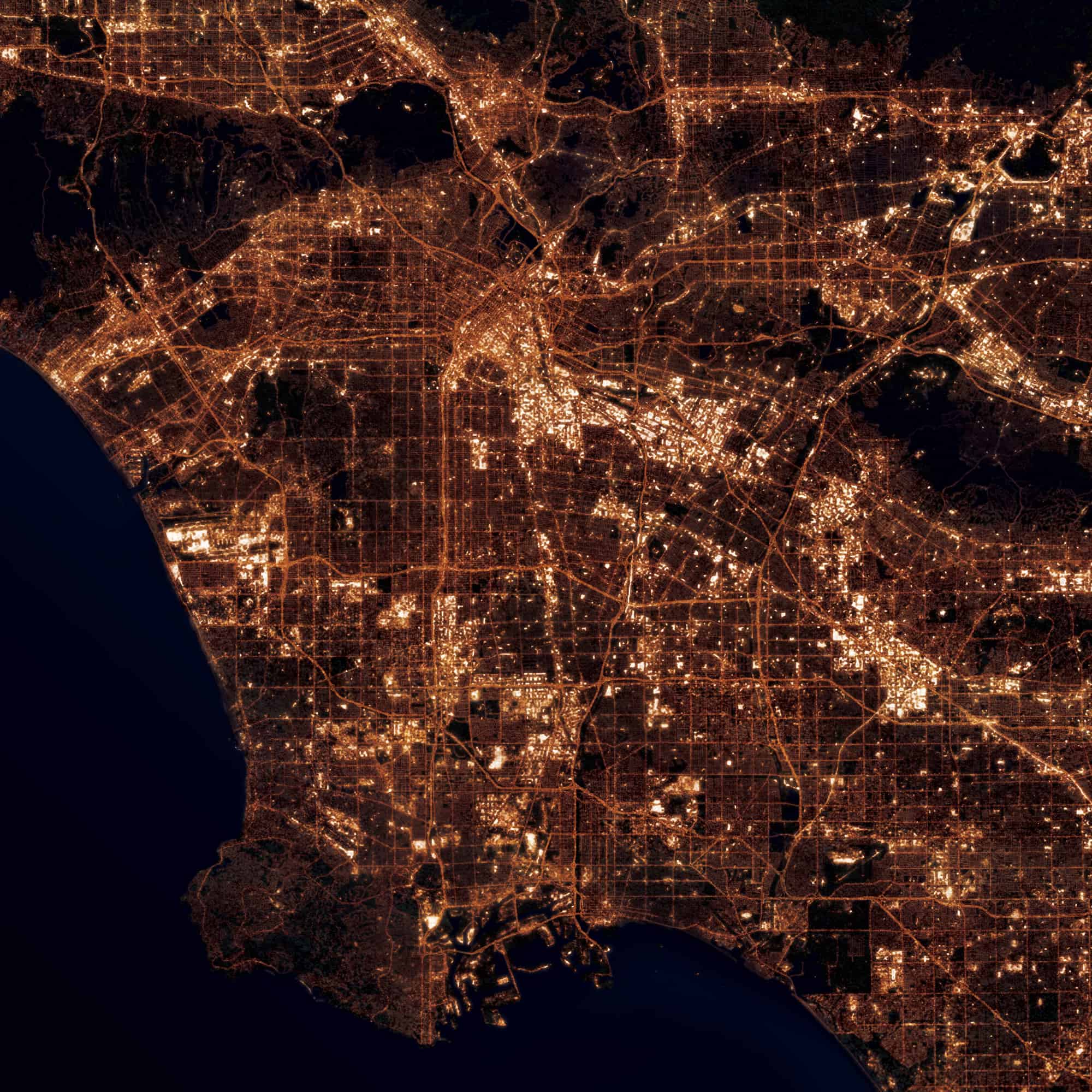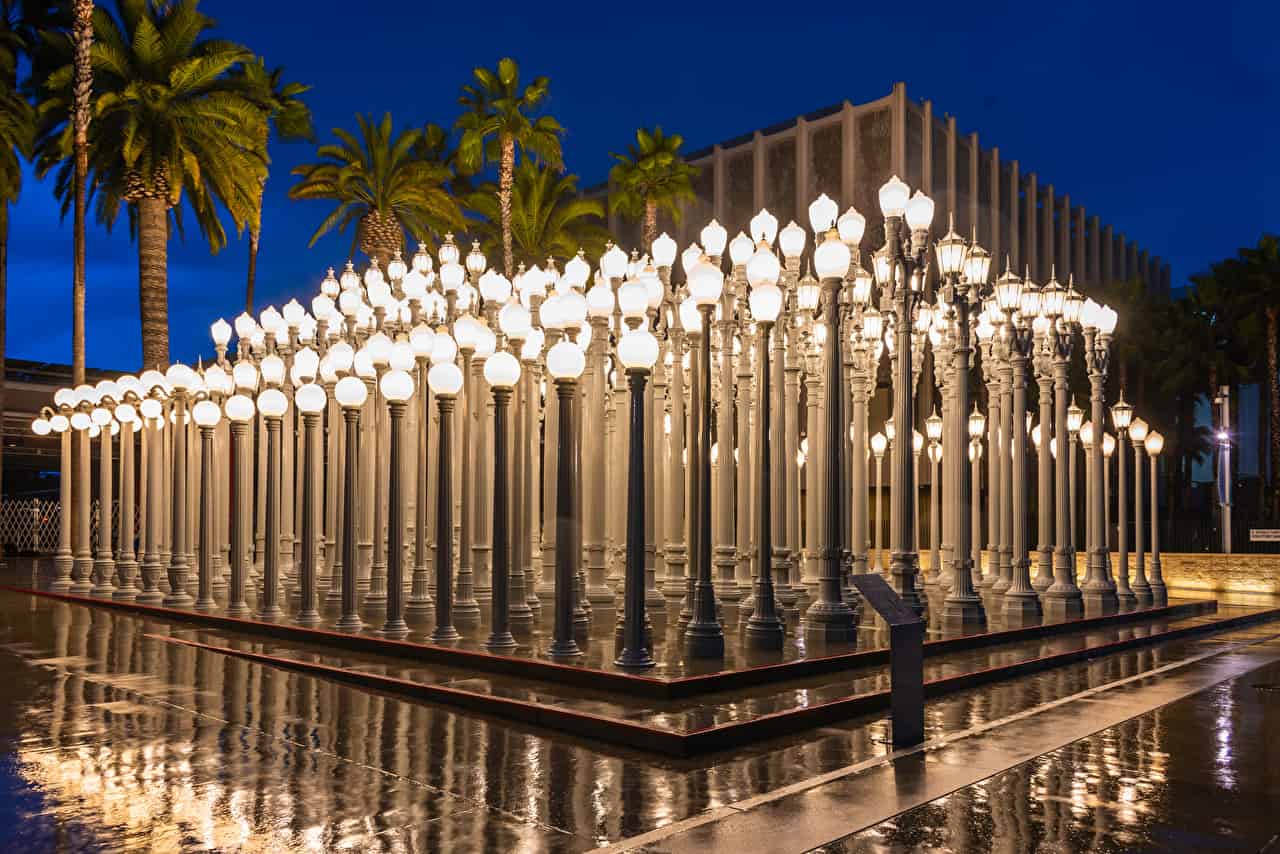Imagine waking up in the morning, stepping outside your door and being able to breathe in fresh air without the overwhelming smell of exhaust fumes.
Picture yourself leisurely strolling down the streets, taking in the sights and sounds of the city without the constant honking and revving of engines.
Imagine a day in Los Angeles without traffic congestion. It may seem like an impossible dream, but with the right measures and strategies, it can become a reality.
As residents of Los Angeles, we have all experienced the frustration and stress of being stuck in traffic for hours on end. The endless gridlock not only affects our mental and physical well-being, but it also has a significant impact on our economy and environment.
But what if there was a way to alleviate this problem and make our city a more livable and enjoyable place to live?
In this article, we will explore various solutions and strategies for reducing traffic congestion in Los Angeles. From promoting public transportation and encouraging carpooling to implementing tolls and congestion pricing, we will delve into the different ways we can make our city a more pleasant and efficient place to navigate.
Are you curious about what a day in Los Angeles without traffic congestion would look like? Keep reading to find out.
I. The Problem of Traffic Congestion in Los Angeles
Traffic congestion is a major issue in Los Angeles, with drivers spending an average of 81 hours a year stuck in traffic. This not only causes frustration and stress but also has significant economic and environmental consequences.
A. Economic Impact
Traffic congestion in Los Angeles costs the economy an estimated $19 billion a year in lost productivity and wasted fuel. Businesses suffer as well, with delayed shipments and increased transportation costs. The heavy traffic also makes it difficult for people to commute to work, leading to lost wages and reduced productivity. Furthermore, traffic congestion makes it difficult for goods and services to be transported, leading to higher prices for goods and services.
B. Environmental Impact
The heavy traffic in Los Angeles also contributes to poor air quality, with exhaust fumes from vehicles being a major source of air pollution. This not only harms the environment but also poses a threat to public health, with increased rates of respiratory and cardiovascular diseases. According to the American Lung Association, Los Angeles County has the worst air quality in the United States, with a significant portion of this pollution coming from vehicles. Additionally, traffic congestion leads to increased fuel consumption and greenhouse gas emissions, further exacerbating climate change.
II. Solutions for Reducing Traffic Congestion
While traffic congestion may seem like an insurmountable problem, there are several solutions that can help alleviate it.
A. Promote Public Transportation
One way to reduce traffic congestion is to promote the use of public transportation. By providing convenient and efficient transportation options, more people will be encouraged to leave their cars at home. This can be achieved by investing in new and improved public transportation infrastructure, such as expanding subway and bus lines. Additionally, making public transportation more affordable and accessible, such as through reduced fares or increased service frequency, can encourage more people to use it.
Another solution is to encourage carpooling. By having more people share rides, there will be fewer cars on the road, resulting in less traffic congestion. This can be achieved by implementing carpool lanes on freeways and offering incentives for carpoolers, such as discounted tolls or parking. Additionally, promoting telecommuting and flexible work schedules can also encourage carpooling, as people can schedule their commutes to align with others.
Another solution is to implement tolls and congestion pricing. By charging drivers for using certain roads during peak hours, it will discourage them from driving during those times. This can be achieved by implementing electronic tolls or congestion charges, such as the London Congestion Charge. This can also generate revenue that can be used to fund public transportation and other traffic congestion reduction measures.


Reducing traffic congestion has numerous benefits, not only for residents but also for the economy and environment.
A. Improved Air Quality
With fewer cars on the road, there will be less exhaust fumes, resulting in improved air quality. This not only benefits the environment but also the health of residents, with reduced rates of respiratory and cardiovascular diseases. Improved air quality can also lead to reduced healthcare costs and increased life expectancy.
B. Increased Economic Opportunities
Reducing traffic congestion also has economic benefits. With improved transportation infrastructure and less time spent stuck in traffic, businesses can operate more efficiently and effectively. This can lead to increased economic opportunities, such as job growth and increased investment in the city. Additionally, reducing traffic congestion can make the city more attractive to tourists, leading to increased revenue from tourism.
C. Enhanced Quality of Life
Perhaps the most significant benefit of reducing traffic congestion is the enhancement of the quality of life for residents. With less time spent stuck in traffic, people have more time to spend with their families, pursue hobbies, and simply enjoy their city. Additionally, the reduction of stress and frustration caused by traffic congestion can improve mental and physical well-being. Furthermore, reduced traffic congestion can lead to safer roads, as there are fewer cars on the road and less likelihood of accidents.
Aside from the benefits mentioned above, reducing traffic congestion can also lead to more walk able and bike-friendly streets. With less cars on the road, it becomes safer for pedestrians and cyclists to navigate the city. This can lead to more physical activity and a healthier lifestyle for residents. Additionally, more walk able and bike-friendly streets can also lead to more vibrant and livable communities, as people can easily access shops, restaurants, and other amenities.
Conclusion
Traffic congestion is a major problem in Los Angeles, with significant economic and environmental consequences. However, by implementing solutions such as promoting public transportation, encouraging carpooling, and implementing tolls and congestion pricing, we can reduce traffic congestion and make our city a more livable and enjoyable place to live.
The benefits of reducing traffic congestion, such as improved air quality, increased economic opportunities, and enhanced quality of life, make it a worthwhile effort for the residents and city as a whole.
It is time for Los Angeles to take action and move towards a future with less traffic congestion and more livable streets.

About The Author SIBCA AWAN
“You don’t start out writing good stuff. You start out writing crap and thinking it’s good stuff, and then gradually you get better at it.
That’s why I say one of the most valuable traits is persistence.” SIBCA AWAN







